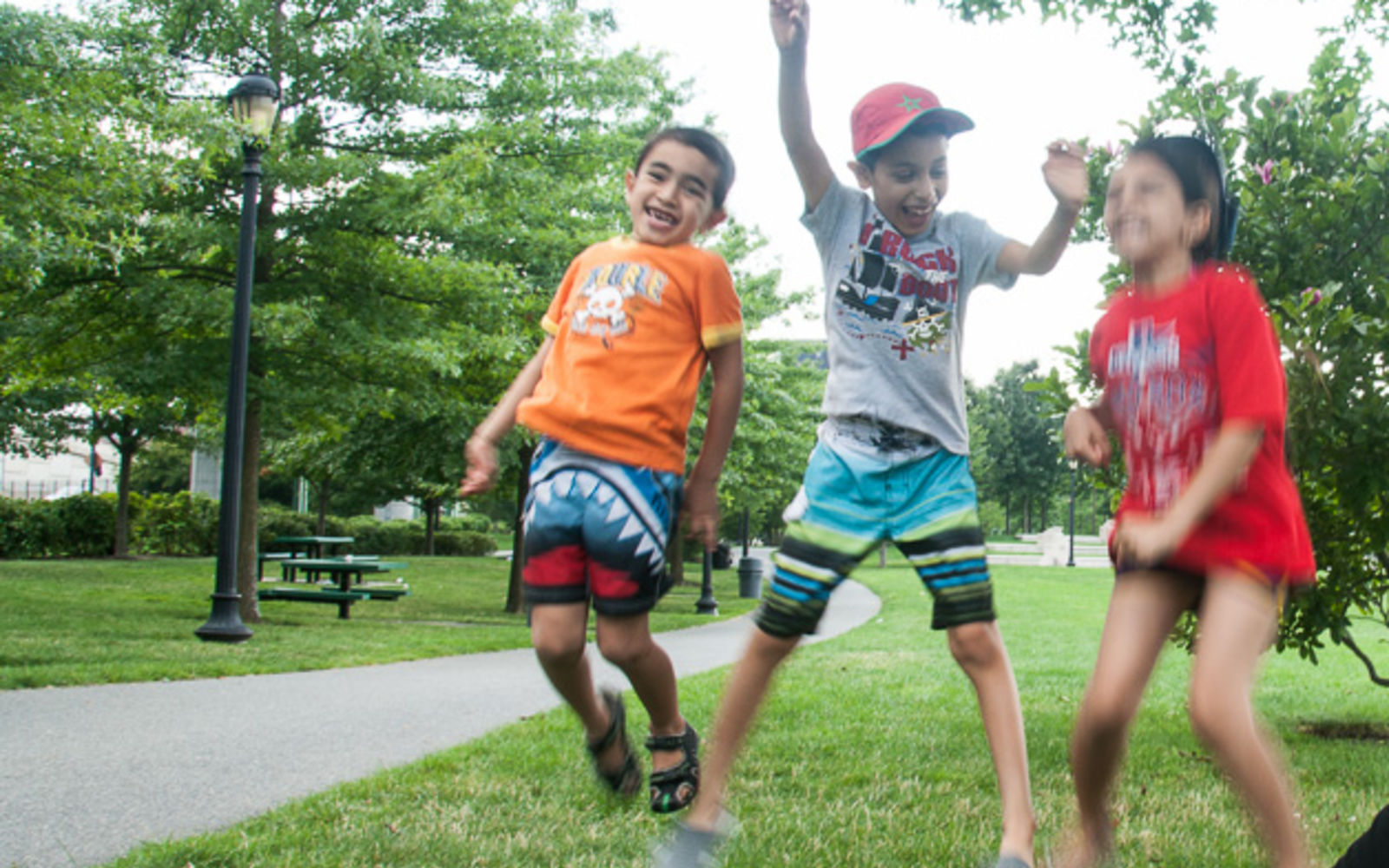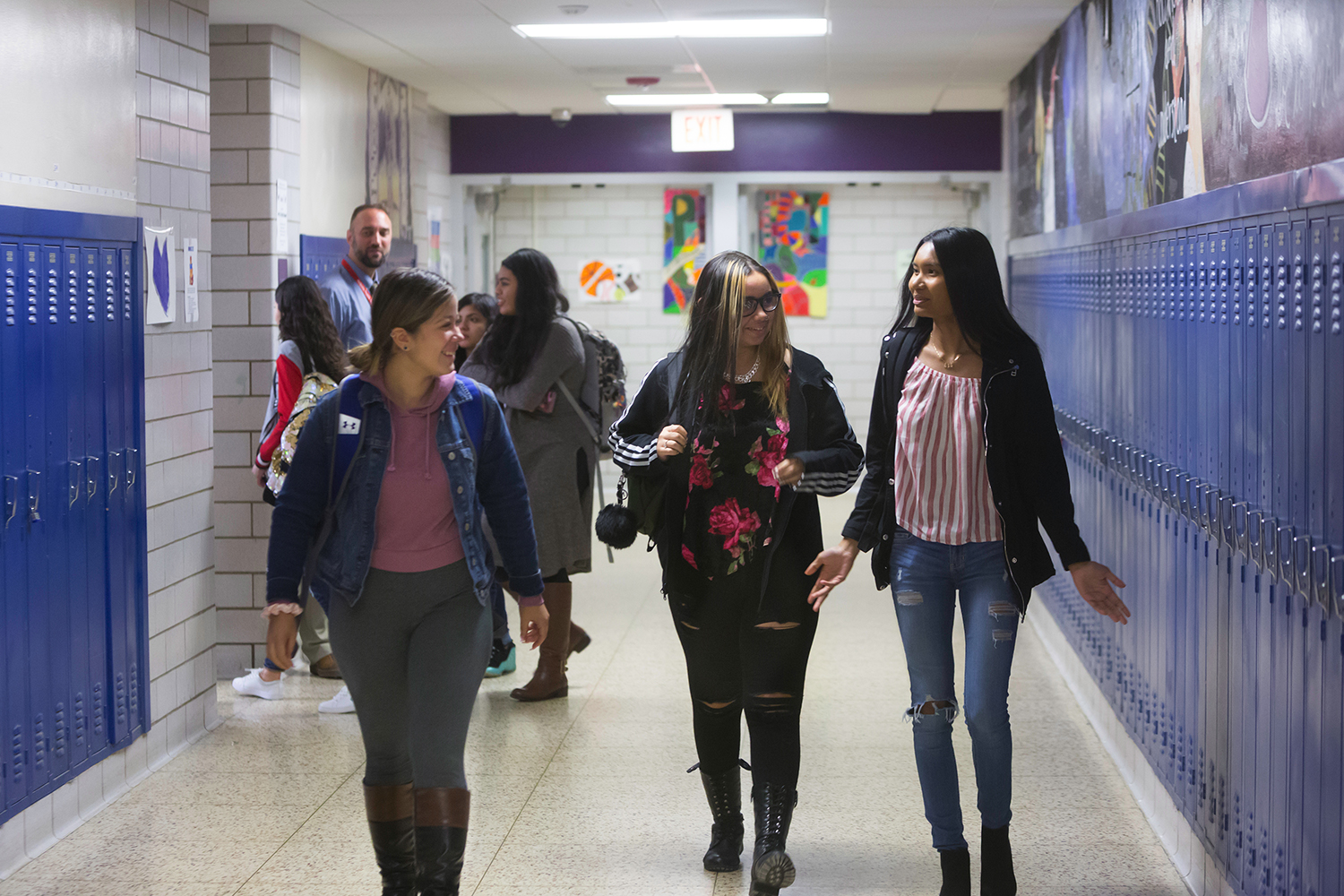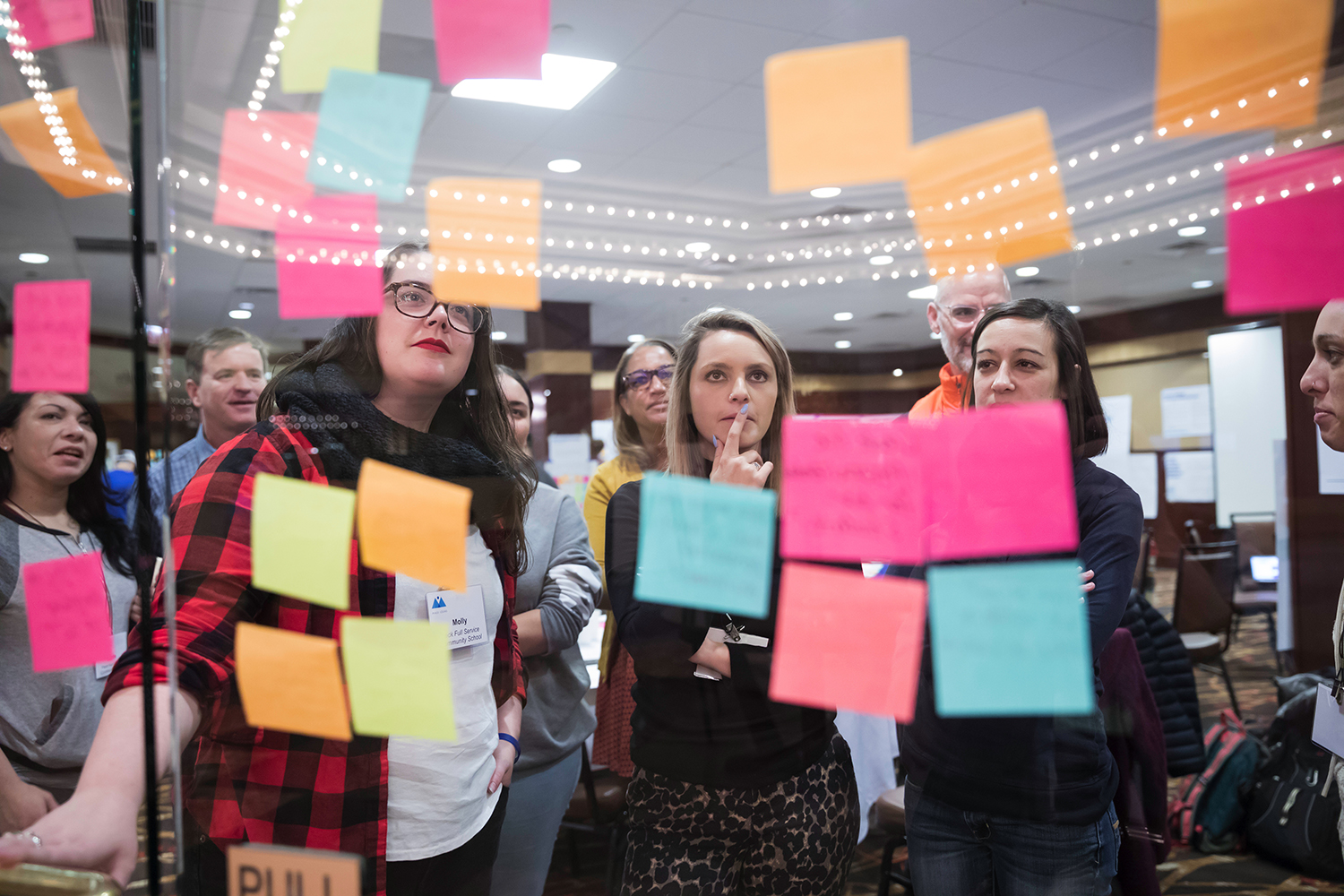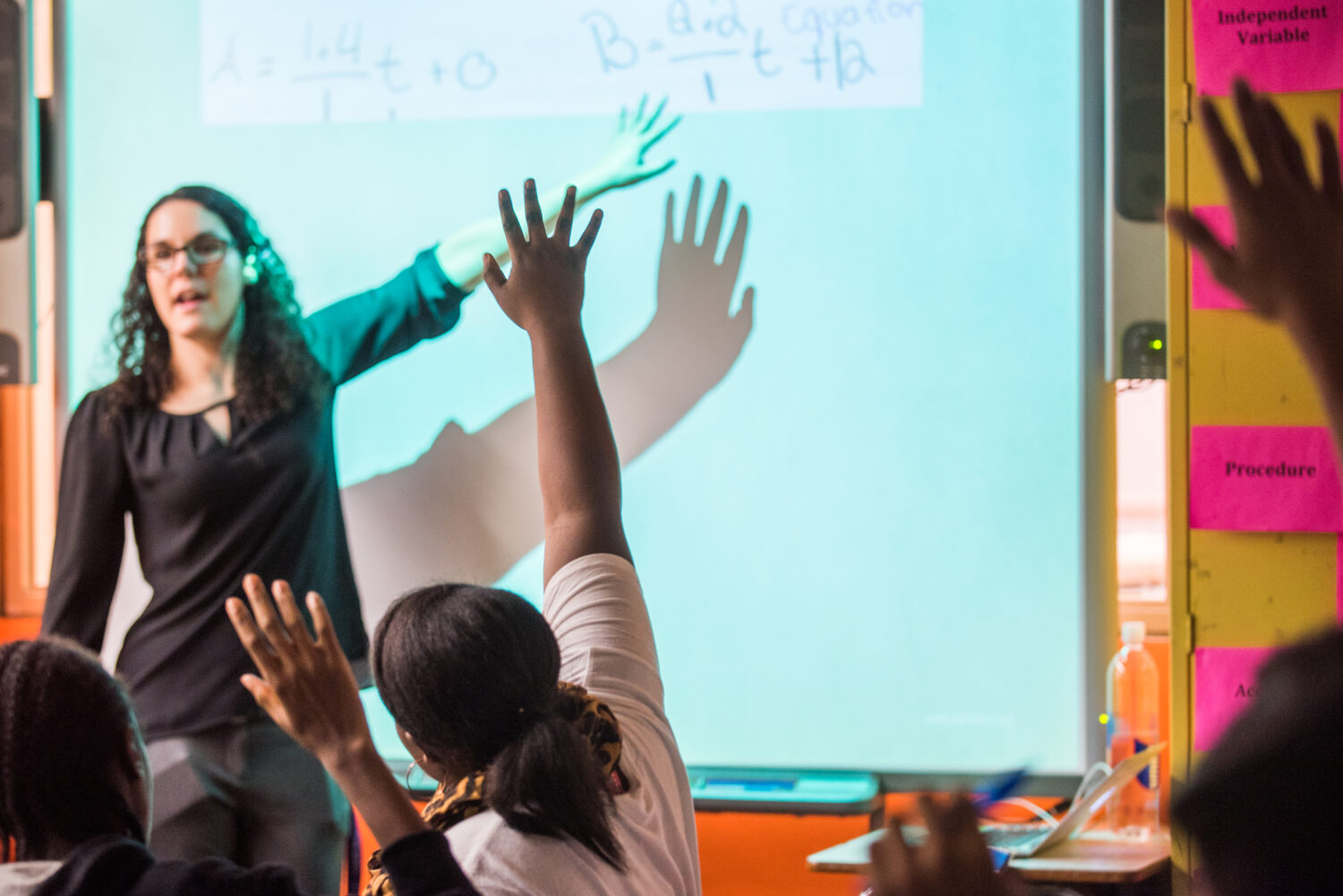Barr has been pleased to support Boston’s Re-Engagement Center since it emerged as a promising pilot of Boston’s Youth Transitions Task Force, a group of over forty organizations first convened by Mayor Thomas Menino in 2004 to lower the city’s dropout rate. And we continue to see the center as an important partner in creating a more robust out-of-school system that is increasing opportunities for children and young people in all of Boston’s neighborhoods. Thanks to concerted efforts on dropout prevention, high school graduation rates in the U.S. are the highest they’ve been since the 1970’s. Yet, every year roughly one million high school students still leave without a degree. The trends are similar in Boston. Though graduation rates are higher than they have ever been, among students who enrolled in Boston Public Schools as 9th graders in 2007, 2008, or 2009, the district’s most recent data suggests 15-16 % dropped out. From these three cohorts alone, that is over 2,000 young people.

This is why it is so important to focus on creating pathways back to school and career for young people who drop out in addition to dropout prevention. One such effort that has been showing promising results is Boston’s Re-Engagement Center, one of the nation’s first. Jointly staffed by the Boston Public Schools and the Boston Private Industry Council, over the last four years, Boston’s Re-Engagement Center has re-enrolled over 1,595 students, helping them get back on track towards college and career – leading Education Week to feature the center in June, 2013, in a special edition focused on dropout recovery (see “A ‘Neglected’ Population Goes Back to School”).
This work reaps benefits for these students, but not to them alone. Education Week cites a 2011 study in Education Research International finding that, “Even after taking into account students who drop out multiple times, dropout recovery returns [to society] three times the money invested in it.”




